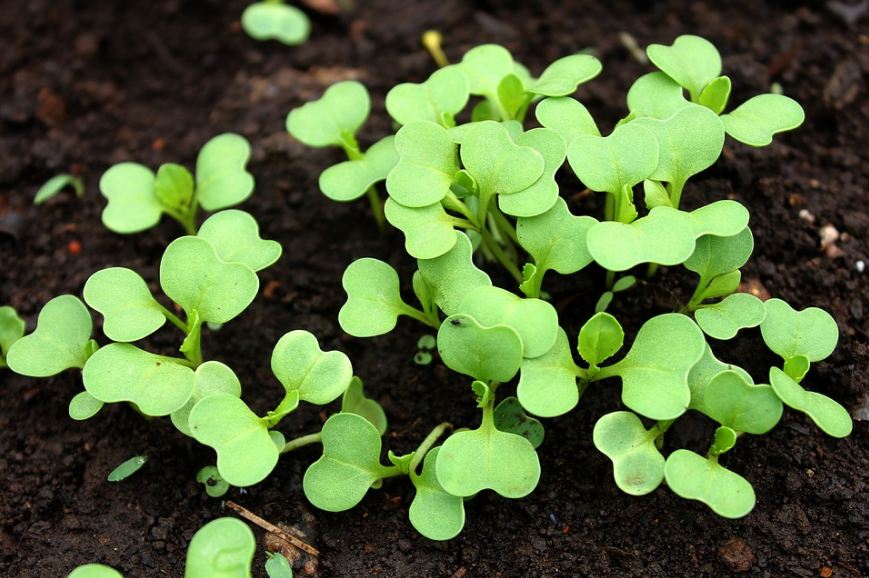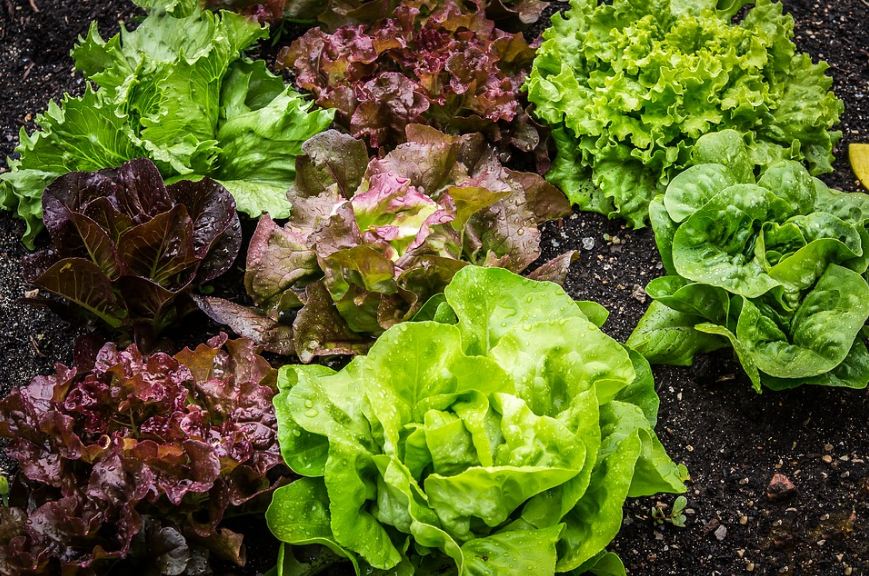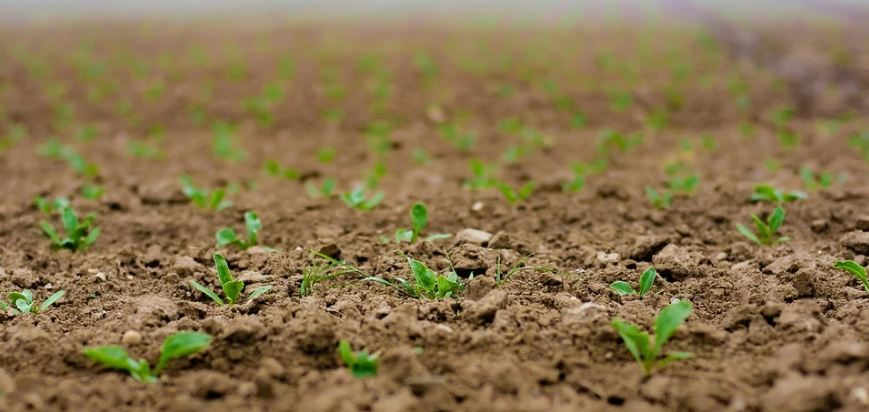At first, it can be overwhelming, but gardening makes an enriching hobby to get into. As long as you know the 3Ws and H –WHAT to plant WHEN to plant, WHERE to plant, and HOW to plant and take care of the plant, then you are making your way to becoming an excellent gardener.
All these things go together, especially the importance of the right timing when growing specific greenery. Time or season is crucial. You cannot simply grow summer plants on winter, or vice versa. Growing at the right season is a key to an abundant and healthier yield, whether in growing herbs, vegetables, or fruits.
Is it possible to grow vegetables in Fall? Just because Fall is approaching doesn’t mean it’s time to pack away your gardening tools. Let’s find out what are the things you need to prepare for a garden in Fall.
CHOOSE A SUNNY SPOT LOCATION
Your vegetable garden in Fall must receive at least 6 hours of good sunlight, unobstructed by shadows from taller objects nearby. Root crop vegetables like carrots, parsnips, turnips, and radishes must receive adequate sunlight because they take many carbohydrates to produce their crops.
However, since they can receive a little less daylight in Fall than summer, they must be grown earlier as they will consume extra time to mature as the season winds down. In most temperate growing zones, vegetables planted in Fall can be harvested in September and October. Meanwhile, in regions with very mild climates, root crops can survive through the winter.
HOW LONG IT TAKES FALL CROPS TO GROW?
Besides doing some research, you can simply read the packets or tags of the crop that you will purchase and plan to grow. Try to examine the vegetables that you buy in the groceries, as this will help you identify the appearance of the vegetables that are ready to be harvested. The phrase “days to maturity” defines the crop’s lifespan. There may be a slight variation due to environmental conditions, but days to maturity must be reasonably accurate. As a rule of thumb, plan your planting so that the crops are ready for harvest before the first frost.
FAST-GROWING VEGETABLES FOR FALL
To varying degrees, the following are some of the fast-growing vegetables you can grow for Fall. Cold nights will enhance their flavor, and they will continually grow well into Fall until the light supply decreases, and the first frosts arrive.
Arugula
Also known as “rocket” or “roquette, Aragula is a hardy vegetable that can tolerate some frost. It would be best to plant early or late in the growing season so you can harvest as early as four weeks after sowing.
Bok Choy
Others call it petchay, pak choi, or pok choi, this Chinese cabbage is one of the fastest-growing vegetables. It has dwarf or “baby” strains growing from seed to table in only six weeks.
Collards
Plant collards in late summer, using direct seeding. Provide a deep, and well-drained and well-prepared soil. Its roots can quickly go down to at least 2 feet. Therefore, you must dig the soil at least 10 inches, and loosen the soil for the small feeder roots to grow more quickly.
Lettuce
Lettuce is always one of the most often grown vegetable. You can choose from the many varieties like ‘Mascara’, ‘Drunken Woman Frizzy-Headed’, ‘Rouge d’Hiver’, ‘Merveille des Quatre Saisons’ (Marvel of Four Seasons), ‘May Queen’ and ‘Speckled Bibb’.
Radishes
Radishes can amaze you with their readiness to make a fall crop, tiny salad radishes like ‘Champion’ or ‘Cherry Belle’. Prepare the soil and sow the seeds and keep it moist. Ensure that the bed is nicely thinned, and you can expect to see radishes coming out after a few weeks.
Turnips
They are usually associated with beets or potatoes, but turnips are relatives to Aragula and radishes. They can be grown for greens, roots, or both! The ‘Tokyo Cross’ variety is a fast-maturing salad with the tender roots suitable for quick pickling if you don’t want to cook them with the greens.
Beets
Beets are another ideal crop to grow in Fall. Sow seeds directly to the soil or you can pre-soak them for germination. In regions with warmer climates, sow seeds in late summer under taller to provide a little shade.




